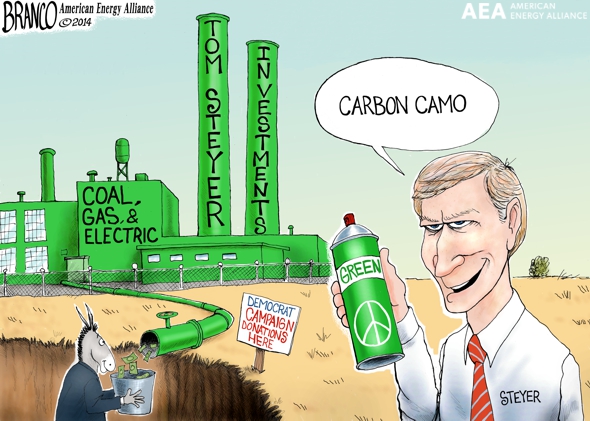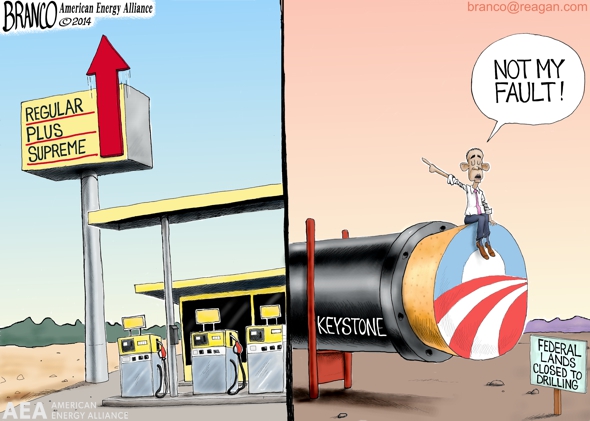WASHINGTON – A new survey released today by the American Energy Alliance found that the majority of American voters oppose EPA’s recently proposed power plant regulations when confronted with the real world impacts of the rule. The survey was conducted among registered voters in Arkansas, Colorado, Iowa, Montana, and North Carolina.
“At a time when Americans are struggling with cost of living and still asking the question ‘where are the jobs’, there is concern about the proposed EPA regulation and the economic impact it will have,” said David Winston, President of the Winston Group, which conducted the survey.
Highlights from the survey:
- The majority of voters in all five states believe that improving the economy and creating jobs should be the top priority of the Obama administration.
- Before receiving any information about the regulations, no less than 57 percent of voters in any state supported the regulations. But after listening to key facts about their impact (both positive and negative), no more than 44 percent in any state supported it.
“When faced with the harsh economic reality of the EPA’s new rule, the majority of Americans reject this unprecedented attack on American energy security,” said AEA President Thomas Pyle.
“From the start, the Obama administration has not been forthright with the American public about the exorbitant costs of this rule. Unfortunately, this has become the norm for the ‘most transparent administration in history’: regulating from the shadows and deliberately hiding the consequences of their actions from the American people. And the myriad consequences of the EPA’s new rule are all too real. From lost jobs to rising electricity bills, the EPA’s most recent effort to undermine affordable energy hurts low income families the most.”
“The American people, especially those who live from paycheck to paycheck, cannot afford higher energy costs. Unfortunately for Americans, President Obama seems intent on delivering on his promise to make electricity prices ‘necessarily skyrocket.'”
The survey was conducted for the American Energy Alliance by the Winston Group among 500 registered voters in each of the following states: Arkansas, Colorado, Iowa, and North Carolina, and 503 registered voters in Montana for a total of 2,503 registered voters. The margin of error is +/- 4.4 per state.
To view the results, click here
###





